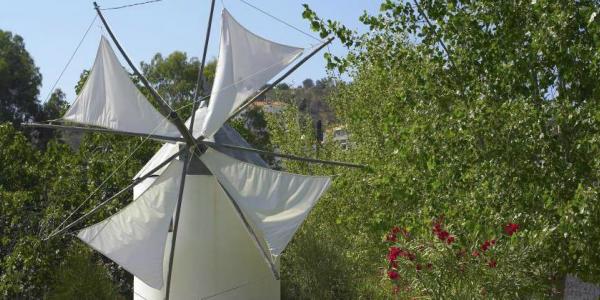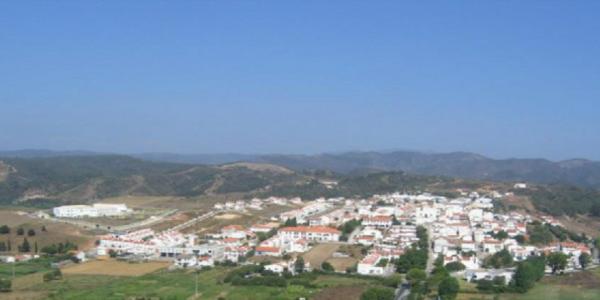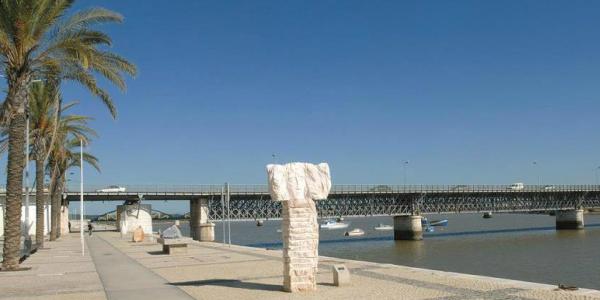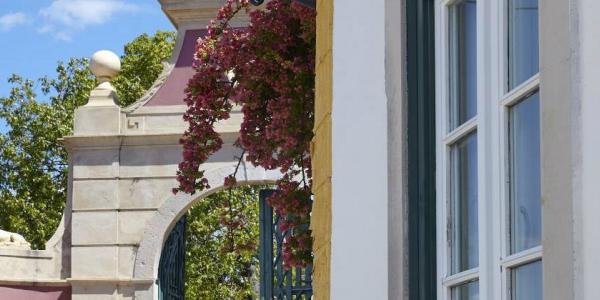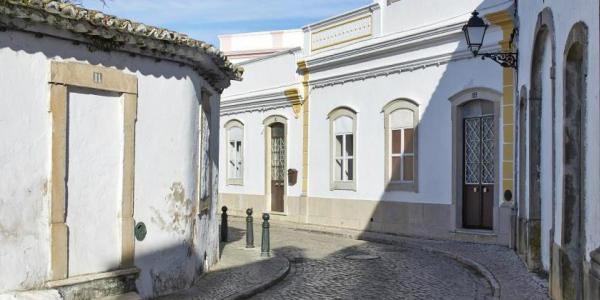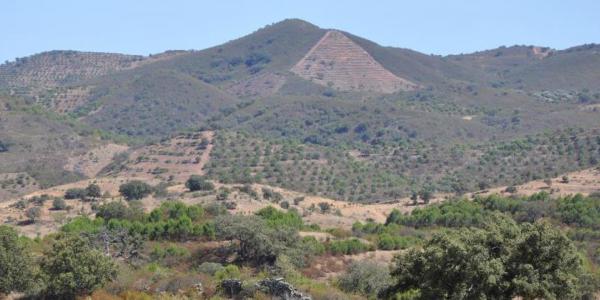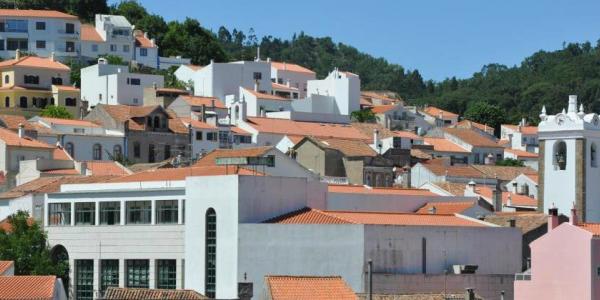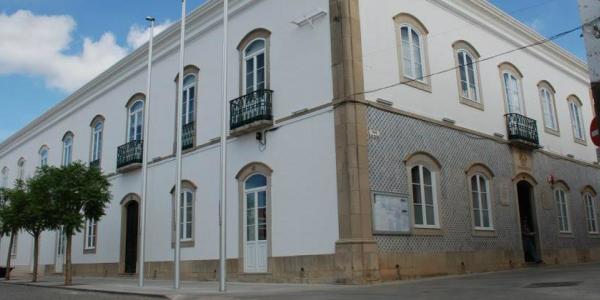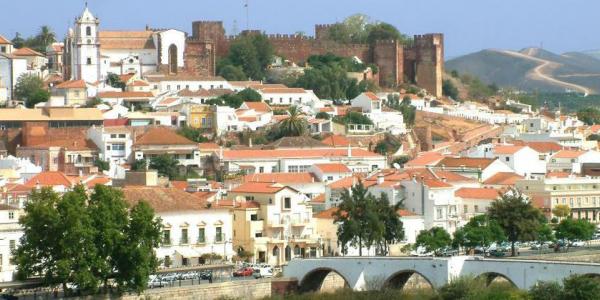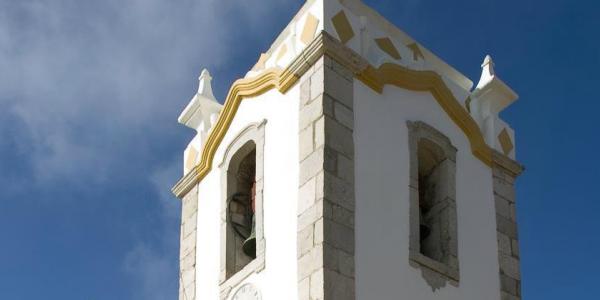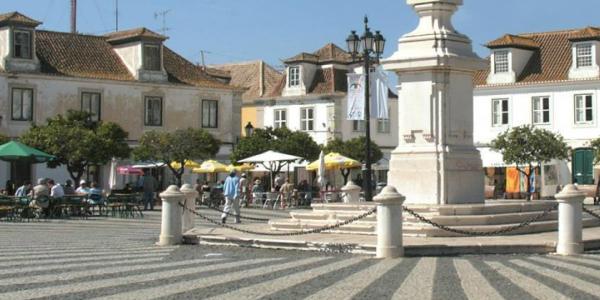The village and mother church
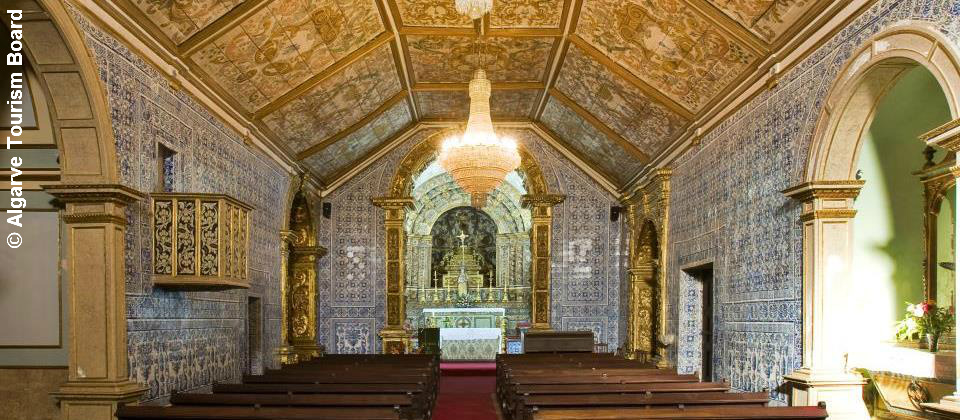
In Vila do Bispo visitors will find charming white houses cascading down from the top of a hill crowned by the church tower, around which many houses lie portraying the ancient Algarve.
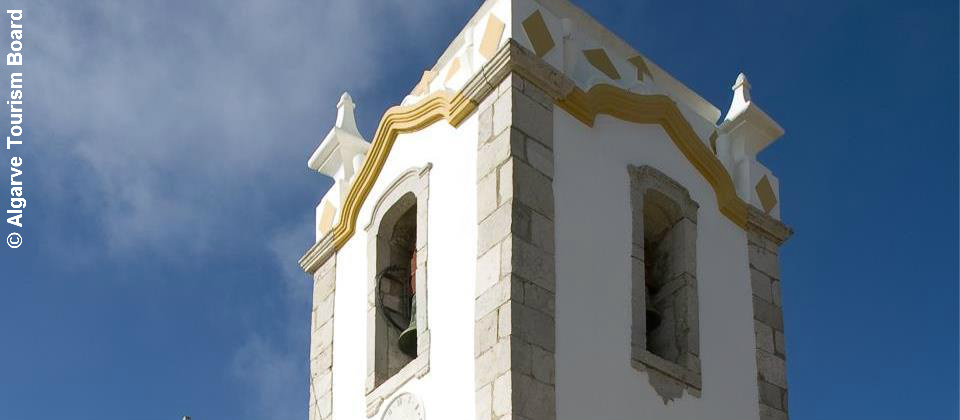
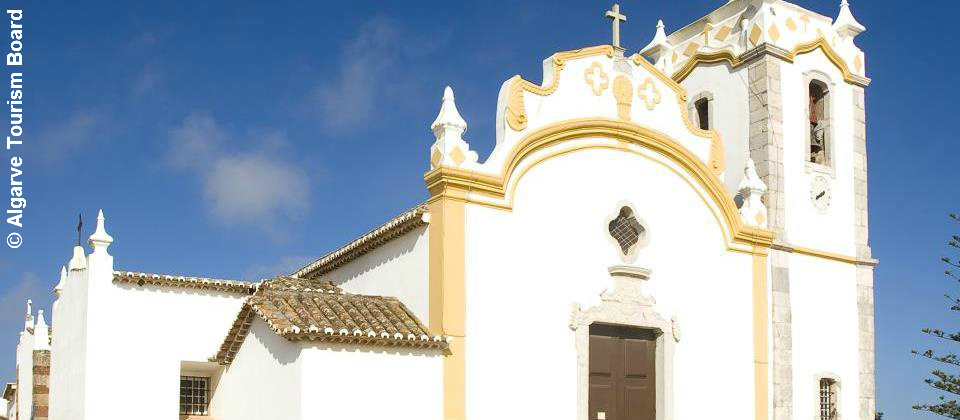
The Vila do Bispo interpretation centre
It offers a diversified information point of the culture and history of the municipality, mainly relating to the Portuguese discoveries. It also includes a temporary exhibition room.
Cape St. Vincent
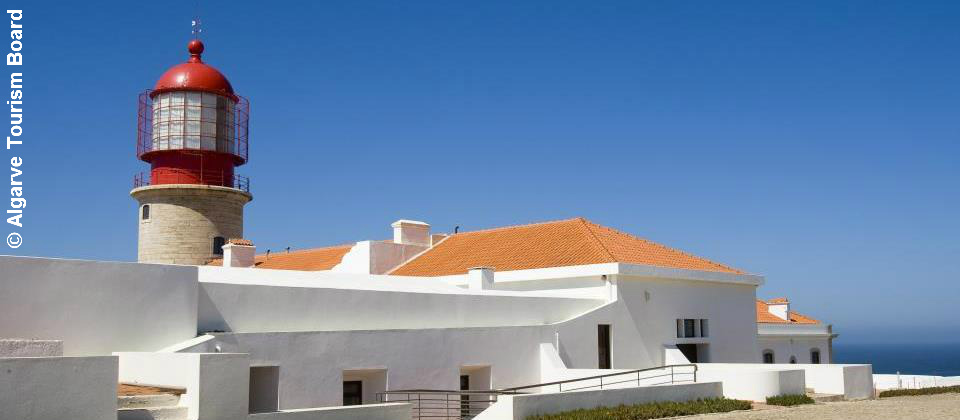
A sacred site since Neolithic times –a fact proven by the existence of important nuclei of menhirs and by reports of Greek authors (4th century BC)–, where religious ceremonies were held, involving libations and the prohibition of humans at night, as it was supposedly frequented by gods. For the Romans, the whole area was part of the Promontorium Sacrum (which gave rise to the name Sagres), the westernmost point where the sun, when setting, would boil the waters of the Ocean.
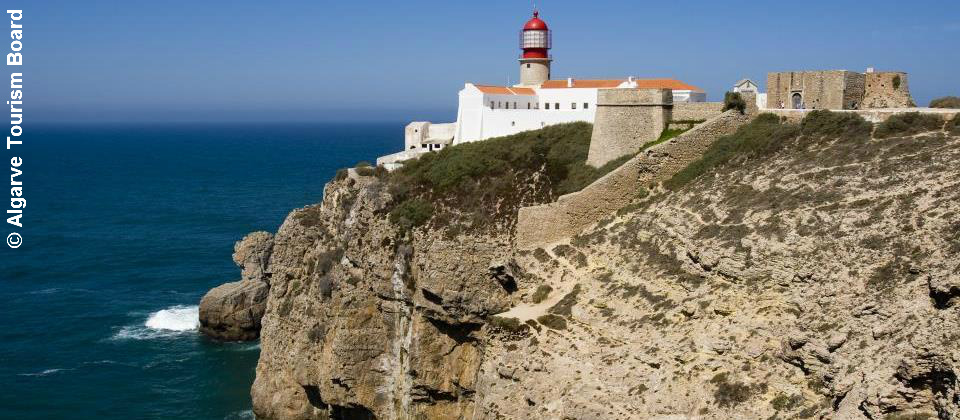
The fortress of Cape St. Vincent, built in the 16th century, with reconstructions in the 17th and 18th centuries, features the coat of arms of D. João III. Inside, you have the former convent of the Jerónimos friars, founded in the 16th century and the curious lighthouse, an updated version of the one erected in 1515.
Sagres and the fortress
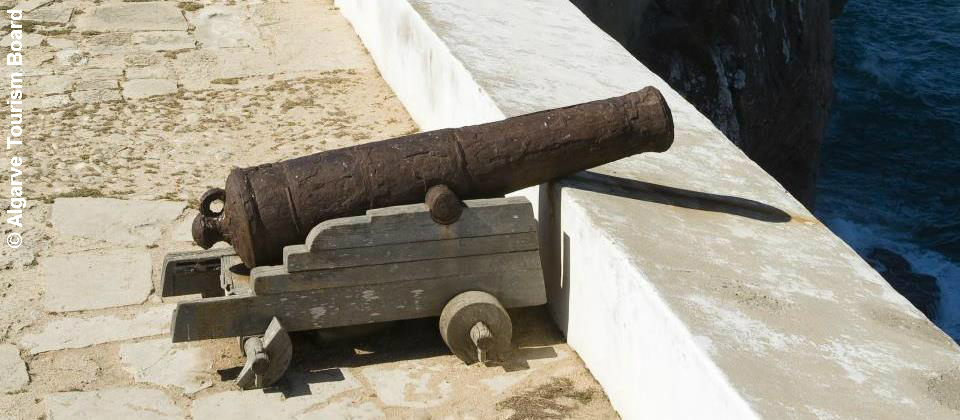
In the 15th century the frequent presence of Infante D. Henrique (Prince Henry) during the beginning of the Atlantic navigation and the discovery of the African coast all the way to the Gulf of Guinea, provided the association of this picturesque fishing port to the Discoveries.
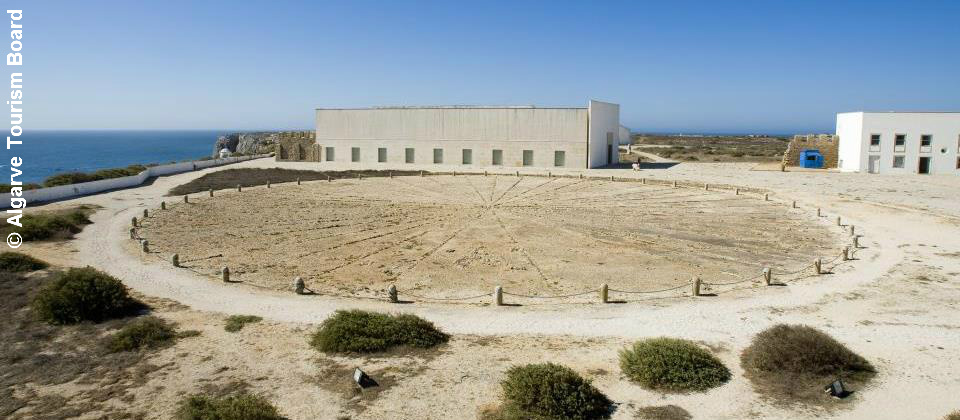
At the Sagres Point, the buildings evoke the past of a place that is part of world history.
The menhirs
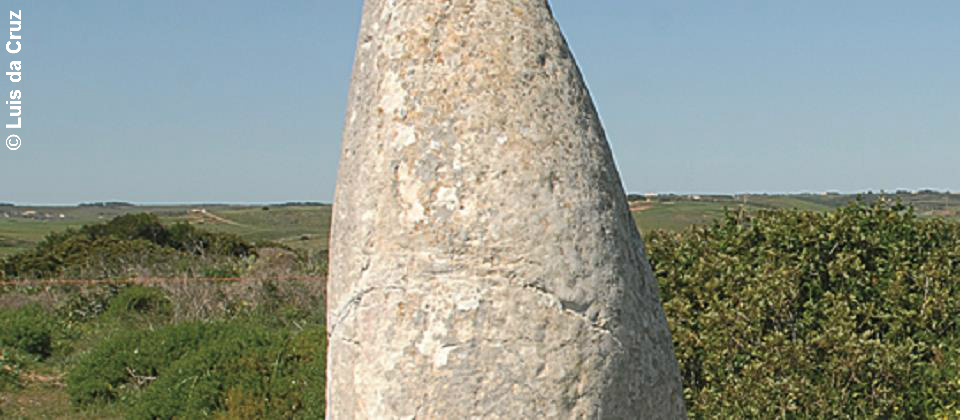
The numerous menhirs (4000 to 3000 BC) in the municipality of Vila do Bispo are an interesting testimony of the past. Carved in white limestone, usually conical in shape and in some cases with relief decorations, they evoke ancient cults linked to fertility and the dead.
The Fort of São Luis de Almádena
Near Boca do Rio you will find this strong bastion structure, dating from the Philippine period, dedicated to Saint Louis.
The beaches
The coast that stretches north and east of Cape St. Vincent is cropped by over twenty beaches, all different in terms of charm. Some are sand shells at the bottom of cliffs; others are extensive beaches with a vast expanse of sea.



